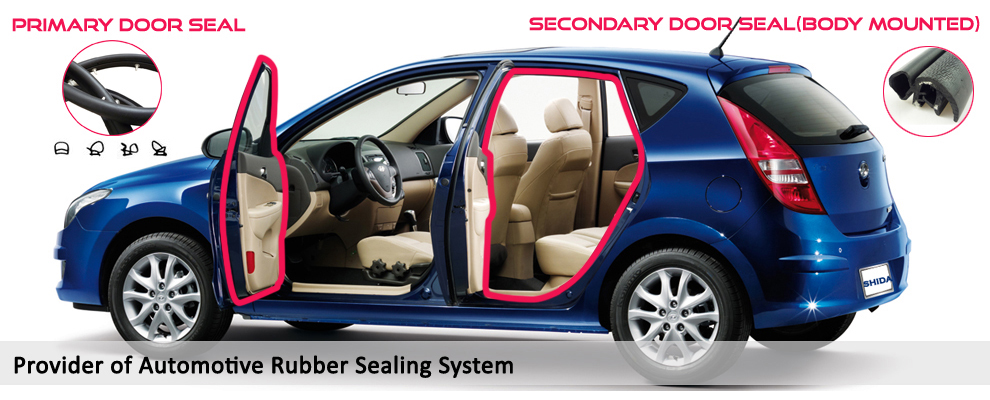Considerations To Know About Solid EPDM Extrusions

EPDM Basics: Chemical Compatibility and Important Benefits You Need to Know
EPDM is an ASTM D1418 classification of ethylene-propylene. To develop EPDM, a copolymer of ethylene as well as propylene (EPR) is integrated with a third comonomer called diene. EPDM is a safe, FDA-approved artificial material that has actually gained prevalent market appeal for its excellent resistance and chemical compatibility residential properties.
With numerous key applications in the medical and vehicle industries, chemical resistance is critical. Right here's a closer take a look at the chemical compatibility as well as benefits of EPDM rubber:
Chemical Compatibility
In the clinical and auto sectors, rubber parts are typically called for to secure versus harsh chemicals as well as liquids. EPDM seals provide excellent security against:
Polar fluids
Polar solvents
Alkaline cleansing items
Alcohols
Heavy steam as well as hot water
Acetaldehyde
Acetamide
Ammonia
They act as a challenging obstacle against water and also vapors since EPDM compounds have a really low absorption to water. Along with resistance versus polar fluids and also solvents, EPDM uses remarkable compatibility to these chemicals at elevated temperatures-- setting EPDM besides other compounds.
One-of-a-kind Resistance Characteristics
EPDM supplies much more benefits than chemical resistance. As a matter of fact, EPDM rubber is recognized for its excellent resistance to ozone, weather, UV rays, and aging-- making it a prime product EPDM sealing strips for exterior applications. Additionally, EPDM is one of the most water-proof rubber available. These distinct resistance buildings highlight the toughness and also strength that EPDM seals have to offer.
Key Applications
Based upon its superb working residential properties, there are lots of sectors that depend on EPDM seals. While the majority of widespread in the vehicle market, there are a variety of applications in which EPDM is commonly located, including:
Automotive: Brake systems, cooling down systems, car climate removing, seals, low torque drive belts
Industrial: Water system o-rings, gaskets, electric insulators, ports for wires as well as cables
Building: Roof covering, growth joints, water-tight applications, cooling and heating systems
Medical: Respiratory system equipment, pumps, medication distribution gadgets, IV parts
Limitations
While EPDM is compatible with a large range of chemicals, it provides no resistance to hydrocarbon liquids. In addition, EPDM seals take in oil as well as gas, making them a weak protection in oil and gas applications.
To create EPDM, a copolymer of ethylene and propylene (EPR) is integrated with a 3rd comonomer known as diene. EPDM is a safe, FDA-approved artificial material that has gotten widespread industry popularity for its exceptional resistance and chemical compatibility buildings.
EPDM offers far much more benefits than chemical resistance. EPDM rubber is recognized for its exceptional resistance to ozone, climate conditions, UV rays, and also aging-- making it a prime material for outside applications. These special resistance buildings highlight the toughness as well as durability that EPDM seals have to provide.